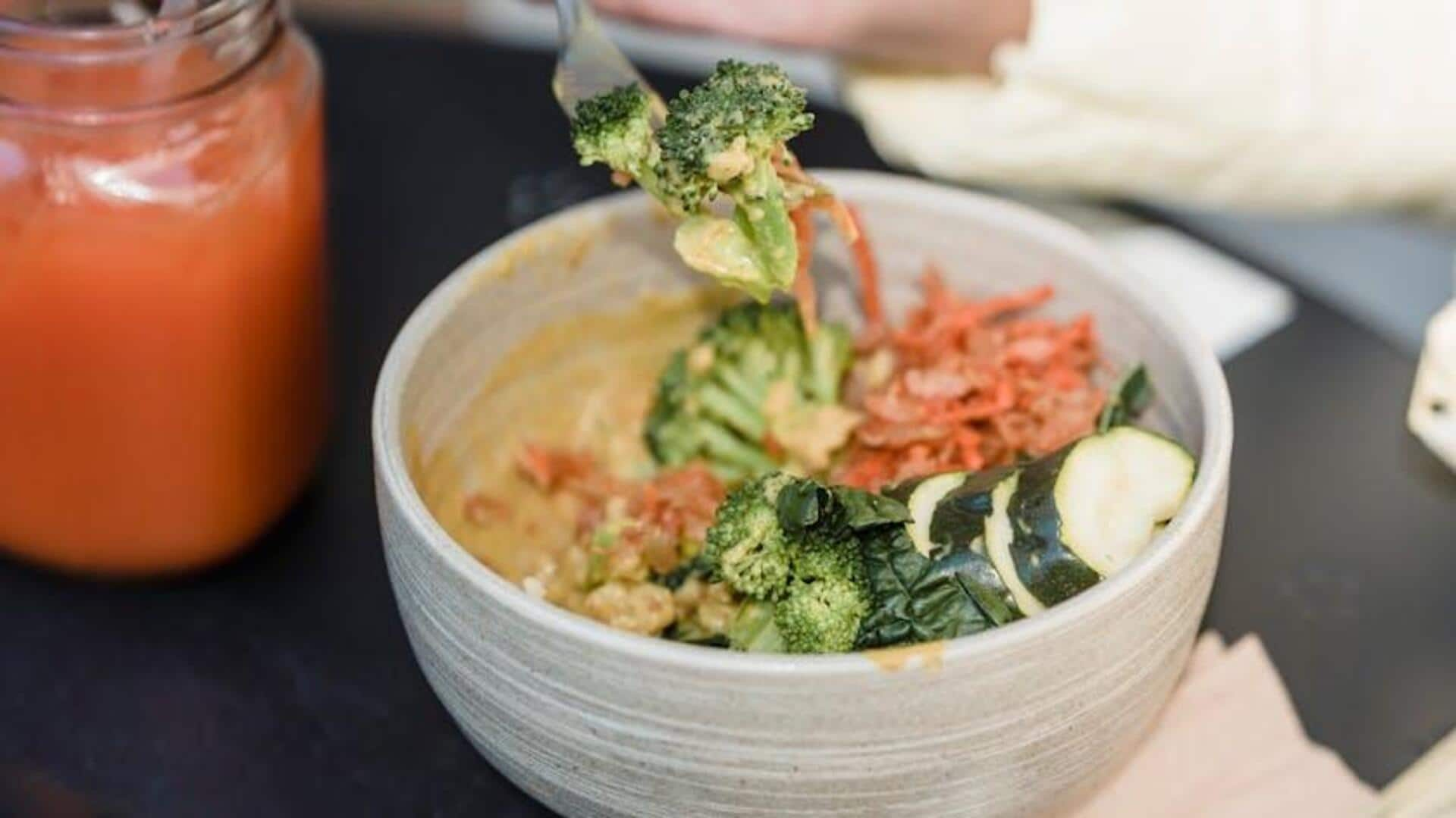
How to add fiber to your meals
What's the story
Adding fiber to your meals can be an effective way to boost your health. Fiber is essential for digestion, and it can also help you maintain a healthy weight and lower the risk of certain diseases. For beginners, figuring out how to add more fiber to their diet can be a little tricky. Here are some practical tips to add fiber-rich foods to your daily meals.
Tip 1
Start with whole grains
Whole grains are an excellent source of dietary fiber. They are less processed than refined grains and retain their bran and germ layers, which are packed with nutrients. Start your day with whole grain cereals or opt for brown rice instead of white rice at lunch or dinner. Whole grain bread is also a good choice for sandwiches or toast.
Tip 2
Incorporate legumes regularly
Legumes like beans, lentils, and chickpeas are high in fiber and protein. They make for a versatile ingredient that can be added to soups, stews, salads, or even used as a filling for wraps. Cooking them in bulk and freezing portions can make it easier to add them to your meals without much hassle.
Tip 3
Add fruits and vegetables daily
Fruits and vegetables are naturally high in fiber and other essential nutrients. Aim to include a variety of them in your daily diet by snacking on fresh fruits or adding them to breakfast smoothies. Vegetables can be roasted, steamed, or added raw into salads for an extra crunch and nutrition.
Tip 4
Snack on nuts and seeds
Nuts and seeds are also packed with fiber, along with healthy fats that keep you full between meals. Almonds, walnuts, chia seeds, or flaxseeds make great snack options or can be sprinkled over yogurt or oatmeal for added texture and nutrition.
Tip 5
Choose high-fiber snacks wisely
When it comes to snacks, go for high-fiber options such as popcorn made without butter or whole grain crackers with hummus dip. These not only satiate hunger pangs but also contribute to your daily fiber intake without adding too many calories or sugars.